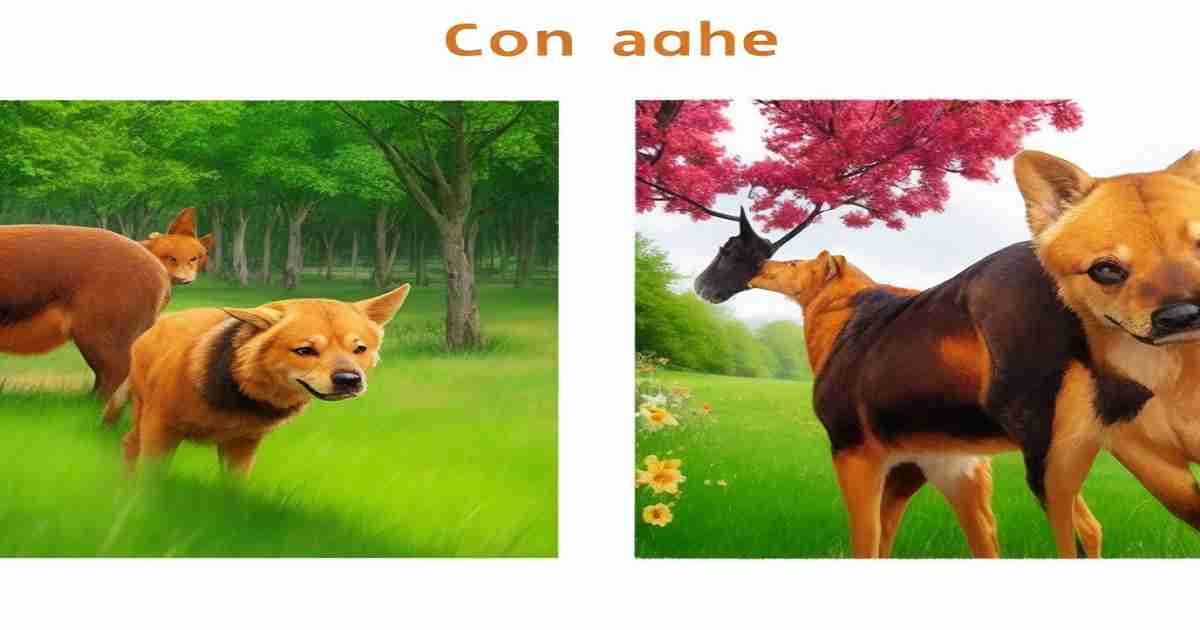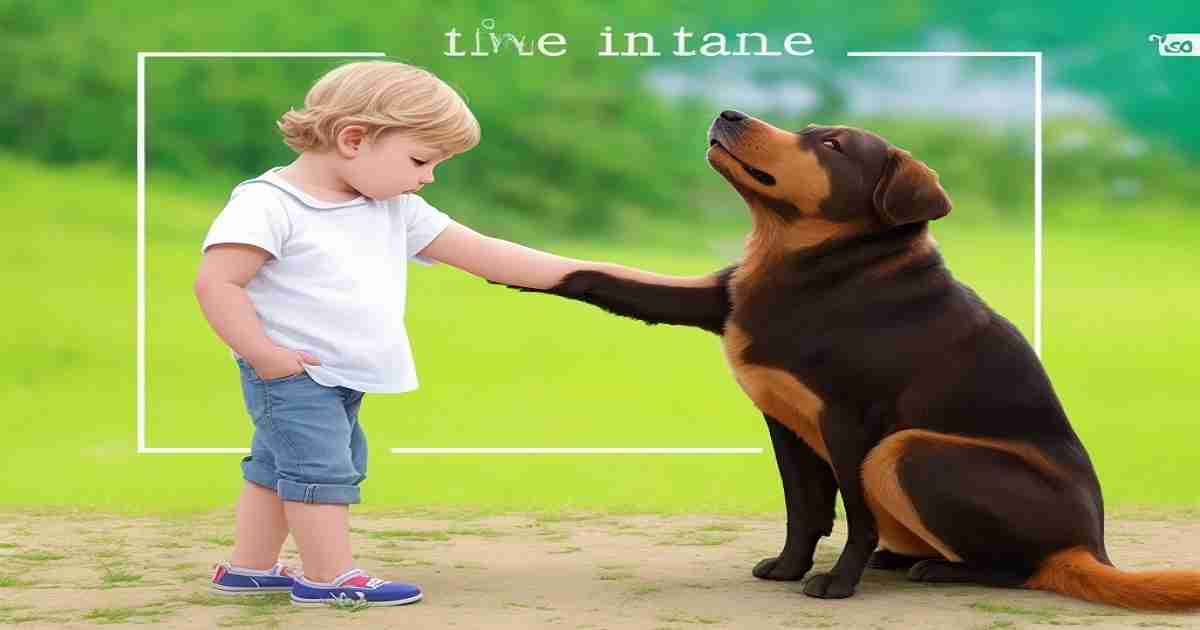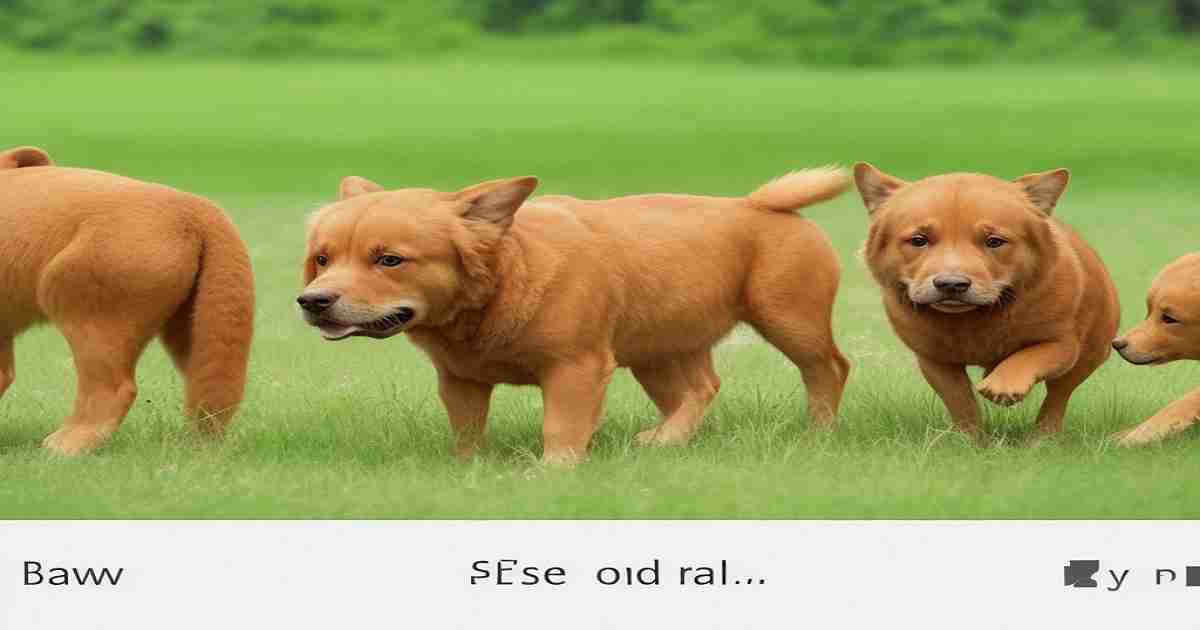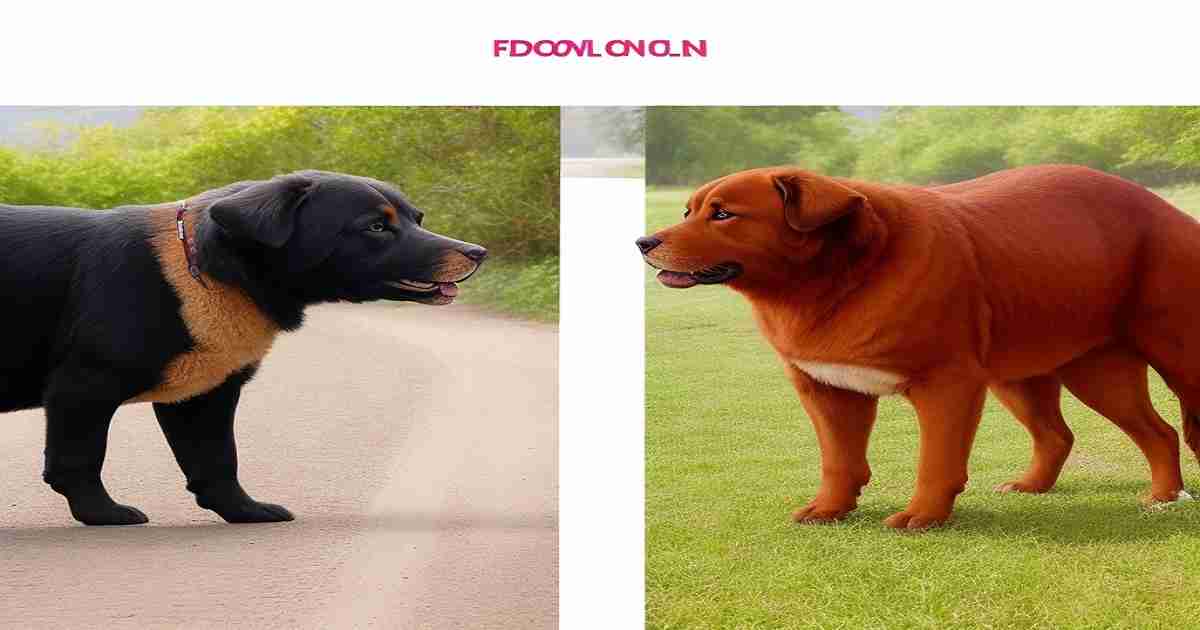Rottweilers are a beloved breed that has been around for centuries. They originated as herding dogs in Germany and were later used by butchers to drive cattle to the market.
Today they are popular family pets and service dogs due to their intelligence, loyalty and protective nature. But one unique trait of Rottweilers has sparked an ongoing debate among breeders and owners alike: should they keep their tails or not?
In this article we will explore the pros and cons, history and health considerations regarding Rottweilers with tails vs. without.
Now let’s dive deeper into this polarizing topic within the Rottweiler community.
The Natural Look: Arguments for Leaving Tails Intact
Proponents for leaving tails intact on Rottweilers point to both aesthetic and functional reasons to go natural.
A tail is part of the dog’s natural expression, allowing them to communicate feelings with tail wags and posture. The tail also aids balance for work and athletic activities. Other arguments include:
Tail Wagging Reflects Mood and Emotion
Like most dog breeds, Rottweilers communicate a lot through tail wagging. A relaxed, sweeping wag indicates a happy, friendly mood.
A low tucked wag signals fear or uncertainty. Fast wagging shows excitement. Owners argue they can bond better when reading their dog’s emotions through the tail.
There are distinct types of tail wagging that give insight into a Rottweiler’s state of mind:
- Loose, wide wags from side to side show a happy, friendly dog. This builds trust and connection.
- Subtle, gentle wags with just the tip convey interest and curiosity.
- Tucked low wags indicate fear, uncertainty, or submission to authority.
- Stiff, rapid, short wags often mean a stimulating scent or prey is detected. It signals high arousal.
- Round, propeller-like wags in tight circles express eager anticipation of an event or activity.
Better Balance and Athleticism
The tail is useful for balance, agility and steering the body during work, play or sports. This may provide performance advantages for Rottweilers used in herding, agility, guide work and more.
As Rottweilers move at high speeds or change direction suddenly, the tail shifts their center of gravity for stability. It acts like a counterweight and rudder. Docked tails require more muscle compensation and effort from the hips and lower back.
This balance role is most important in activities like:
- Herding livestock where quick turns are essential
- Agility courses with sharp maneuvers
- Search and rescue work over uneven terrain
- Guide dog roles helping the blind safely through traffic and obstacles
Enhanced Health from Important Tail Muscles
Docking removes muscles that are part of important nerve and gland networks in the pelvic region. This may impact bladder and bowel control. Natural tail motion also strengthens core and hind muscles.

Regular tail movement also tones muscles in the hips, rear legs and lower spine. This contributes to joint health and strength in those areas. Proper conditioning of these muscle groups supports mobility as a Rottweiler ages.
A Complete, Whole Dog
Ethically, some feel the tail is part of the dog physiologically and spiritually. Removing any body part unnecessarily is seen as going against nature by some owners.
Dogs rely heavily on body language and physical expression. Eliminating the tail prevents them from communicating fully using natural movements. It takes away part of their identity.
Additionally, Rottweilers form close bonds with their owners. Discomfort or neuromas from docking could hinder sitting, petting and other interactions important for bonding.
Arguments For Docking Tails of Rottweiler Puppies
On the other side, proponents for docking tails on Rottweiler puppies point to traditions plus some practical and safety factors. Common reasons cited include:
Upholding Breed Standards and Traditions
Docked tails have become part of the standard look for Rottweilers. Tails are typically docked at 2-5 days old. Many breeders argue this upholds the traditional Rottweiler appearance and pedigree.
Tails have been docked on the breed since early herding and cattle driving days in Germany. Removing tails was thought to prevent freezing, injury or animal bites. Short tails became part of the Rottweiler breed standard in the late 1890s, cementing tradition.
For owners and breeders focused on conforming to strict breed guidelines, a docked tail is mandatory. Even if illegal in some countries, upholding standards remains important to pedigree.
Reduced Risk of Injury
Rottweilers with intact long tails could be prone to tail injuries while working. Docked tails reduce this risk. Shorter tails may also be less likely to knock into objects and people indoors.
Out in the field herding, previous injuries show hazards of uncropped tails. Cattle could step on or bite tails. Frigid weather caused frostbitten tails. Urban environments also present risks of door and stair accidents.
However, injuries are not guaranteed. With awareness and training, Rottweilers can learn to avoid tail harm while active or inside. Protective wraps or braces can also be used when necessary.
Hygiene and Cleanliness
Long tails can collect dirt, burrs and feces if allowed to drag or wave low. Docking creates a more hygienic hindquarters on a large, powerful dog.
Rottweilers have very expressive, long tails that sit at hock level. While beautiful, this natural state does make the tail prone to contact excrement or debris outdoors. Owners must stay diligent with washing and cleaning the tail area.
Proper precautions include:
- Washing tails frequently, especially after outdoor activities
- Keeping rear fur trimmed shorter for cleanliness
- Teaching the dog to lift tail from surfaces while standing or sitting
Safety Around Small Children
For families with young kids, a short tail eliminates concerns of kids being struck or startled by a long, waving tail. This enhances safety.
Rottweiler tails can whip forcefully when wagged. A happy dog greeting a toddler may inadvertently whack the child. Dogs should always be supervised around little ones, but accidents can happen. Removing the long tail does reduce this hazard.
However, proper training helps Rottweilers control their tail around children. Tucking it down or between legs when seated is an easy solution. Slow wags and distraction techniques also avoid problems.
Impact on Conformation Competitions and Events
Rottweilers are shown in conformation to match the breed standard. Tails are expected to be docked according to American Kennel Club (AKC) rules. Dogs with undocked tails are allowed but will be penalized and unlikely to place well. However, in performance events like agility, herding or obedience an undocked tail is not a deduction.
Conformation showing is focused on adhering strictly to physical breed standards. While controversial, docked tails remain the expected norm for AKC shows. Judges will penalize natural tails, sometimes severely.
However, performance events like agility trials are focused on athletic functionality. Undocked tails do not incur point deductions there. Ability matters more than looks for those competitions.
Legal Status and Docking Procedure
- Laws vary globally – docking prohibited in parts of Europe, Australia and elsewhere unless medically necessary
- Permitted in the USA but not in some cities like Denver, Colorado
- Banned in Canada except for working dogs where tails could risk safety
- Done by veterinarians between 2-5 days old, method severs nerves so tail falls off
- Owners must monitor wound for complications like infection or bleeding
Due to ethical concerns, cosmetic docking is increasingly prohibited in many places. But rules vary around the world. Some U.S. states restrict techniques to minimize pain. Owners traveling with dogs should research local tail laws.
Alternatives to Docking Exist
For those who want short tails without docking, some options exist:
- Dogs can be shown with an undocked tail in their natural state
- Tails can be bobbed shorter after 8 weeks old when nerves have developed
- Short show crops can be done where 1/3 of tail is kept intact
Bobbing involves surgically shortening the tail after puppyhood once nerves and bones have matured. This results in a shorter tail without totally removing it.
Partial cropping is a compromise where 1/3 of the tail stays intact. This satisfies show requirements for a stub tail yet retains some tail expression.
Medical Perspectives on Tail Docking
Several health considerations come into play when debating docking.
- Pain – Docking does cause pain. Studies show puppies may be impacted for weeks after. Pain control is recommended.
- Nerve damage – Severing nerves can sometimes lead to neuromas or other issues. This may cause long term pain. Care must be taken doing the procedure.
- Infection – As with any surgery, infection is a risk requiring monitoring and aftercare.
- Incontinence – Dogs with docked tails have slightly more incontinence issues later in life according to some studies. The cause is unknown.
- Spinal anatomy – Removing tail vertebrae alters spine anatomy and may increase risk of disc herniation or arthritis.
- Cancer – Docking trauma could theoretically trigger cancerous cell changes but no link has been proven.
Like any amputation surgery, docking creates both acute and chronic pain risks dogs cannot verbalize. Owners should weigh real world benefits against potential health costs.
Conclusion: A Complicated Decision With Much to Consider
The debate over Rottweiler tails pits animal rights concerns against upholding breed traditions. There are thoughtful points on both sides regarding ethics, health, safety, performance and the dog’s quality of life. Owners must examine all factors carefully.
While docking remains the norm, trends may be shifting towards more natural tails. With patience and training intact tails can be managed well.
Each owner must decide what they feel is best for their unique needs and dog. Open minds and respect for choices will allow the Rottweiler community to move forward on this polarizing topic.
Frequently Asked Questions
Are docked tails better for working Rottweilers?
- Traditionally yes, docked tails helped avoid injury while herding or performing guard work. But with training most Rottweilers can adapt well to active tasks with a full tail. Extra caution may be needed in high risk working environments.
Does docking improve health or hygiene?
- No proven health benefits exist. Risk of spinal issues may actually increase. Hygiene can be managed through regular bathing and cleaning of rear areas as needed.
Is tail docking painful for puppies?
- Research shows docking causes acute pain for 2-3 days afterward. It may also lead to chronic neuromas. Pain relief medication is recommended to keep puppies comfortable.
Can Rottweilers with undocked tails still be shown?
- Yes, they can be shown but docked tails are expected in conformation. Performance events like agility do not discriminate against natural tails.
What are signs of tail injury or infection after docking?
- Seek vet assistance if you notice swelling, pus, lack of healing, obvious pain or loss of appetite. These require medical intervention.
Are partially cropped tails a good compromise?
- Leaving 1/3 of the tail can satisfy show requirements while retaining some natural benefits. But pain and risks associated with any docking remain.
What training helps Rottweilers manage intact tails?
- Start young teaching them to tuck tails when sitting, keep off ground when standing, and wag slowly around children. Work on cues to control the tail.
Do puppies change temperament after docking?
- Some studies show puppies may become more timid or sensitive. Pain, loss of communication and maternal separation contribute. Socialization helps counteract this.
The choice between a Rottweiler with full tail or traditionally docked tail is complex. Take time researching medical evidence, breed history and legal regulations around this controversial practice. Then thoughtfully weigh the pros and cons before deciding what is right for both dog and owner.








